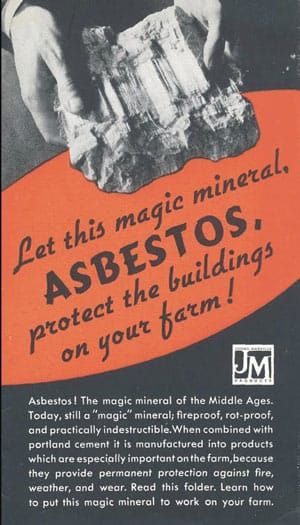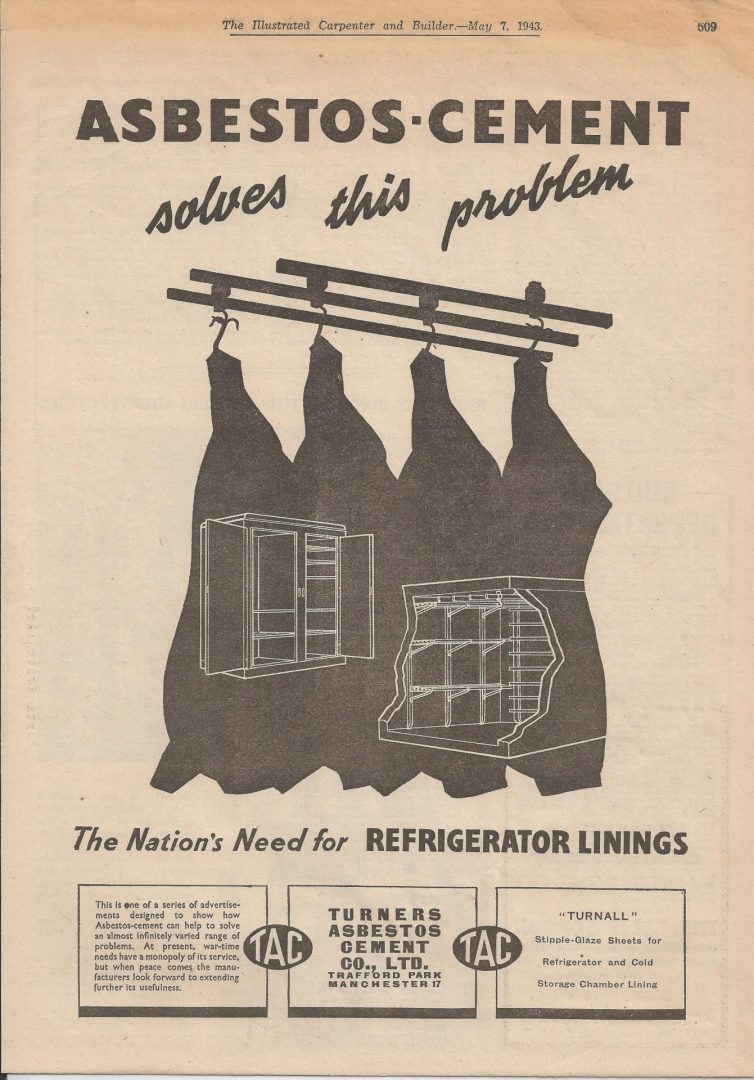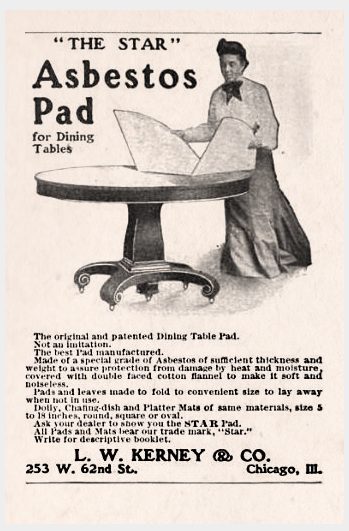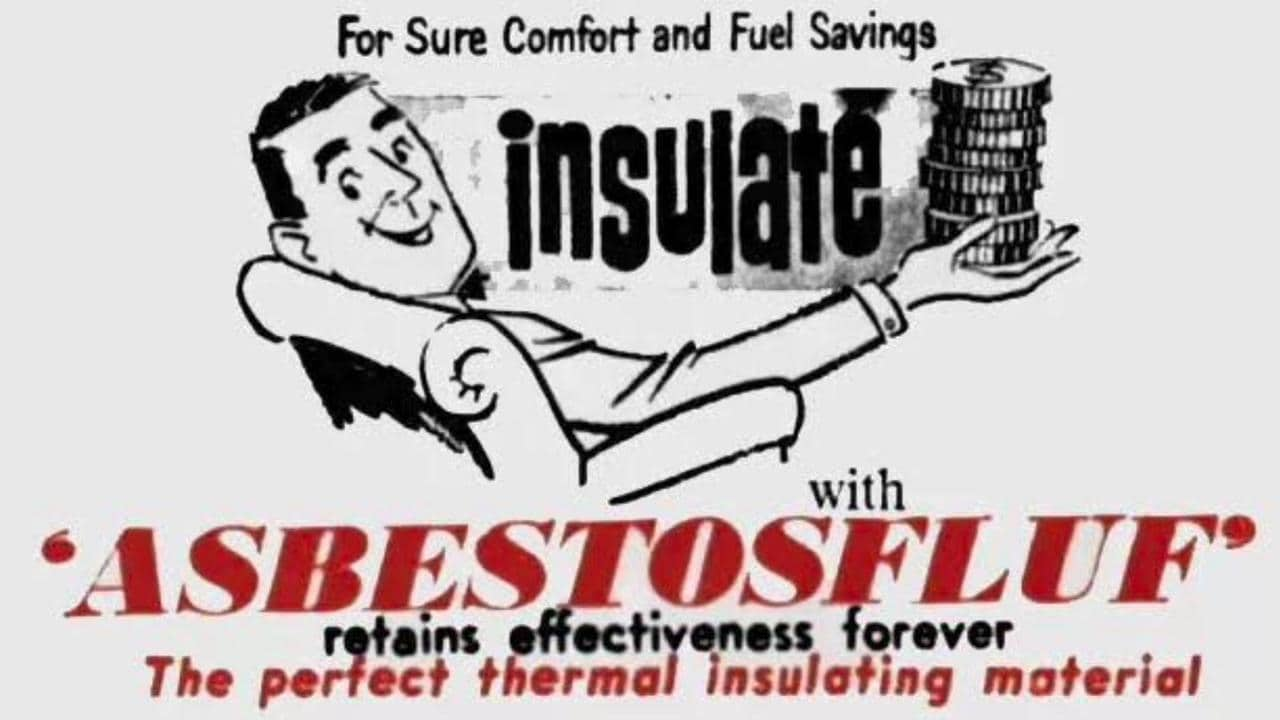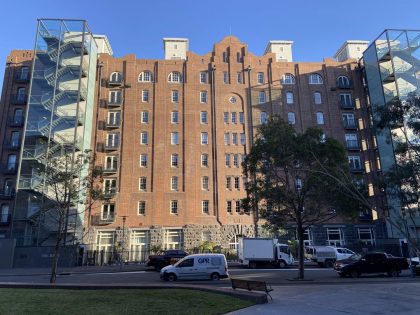By Daniel Green
Asbestos. Once held high for its low-cost insulating properties, asbestos found its way into Australian building materials at the start of the 20th century and continued unabated for over a century. Unfortunately it also found its way into the lungs of ordinary Australians with related diseases still killing an average of four thousand of us each year.
What Exactly Is It Though?
Scientifically speaking it’s a naturally occurring fibrous silicate mineral that can become friable via abrasion. Basically it’s a natural crystal that breaks up when roughly handled, which then can get airborne and can be easily inhaled. Originally used during the Stone Age to strengthen ceramic pots, it was utilised widely throughout history in applications that leant on its insulating properties. When the Industrial Revolution came about and asbestos became quite cheap to mine and produce, it soon found its way into a myriad of products.
- Insulation [both thermal and conductive]
- Concrete/brick/ceramic products
- Fireplace cement
- Gaskets and seals
- Fireproof interior linings [like drywall]
- Plaster
- Flooring
- Roofing
- Lawn furniture
- Mastics and other sealing compounds
- Gas masks
- Benchtops
- Adhesives
- Brake and clutch pads and linings
- Stage curtains
- Fire blankets
- Actual blankets
- Filters
- Dental cast linings
- Drilling and cutting fluids
- Interior fire doors and barriers
- Caulk
Some countries took it further than others. Among other things Japan used it after the war in the manufacture of products which were then used for rice production. The legacy of their reliance on this toxic substance is that their asbestos-related deaths are not expected to peak until 2027.
Asbestos Through The Ages
There are mentions of asbestos and its other terms throughout history. In Ancient Greece the use of amiantos dates back to 300bc. The Egyptians said you could wrap yourself up in the substance and touch fire in 318ad. The Persians and Italians loved it and even Charlemagne was said to have a tablecloth made of it. When it’s popularity grew in the 19th century the demand saw asbestos mines opened up across the globe. Thetford Hills in Quebec, Canada became the site of an industrial scale mine in 1870 which, at its peak, produced 10 000 tonnes a year. Glasgow became a manufacturing hub in 1871. The 1880’s saw the Russians mine asbestos from deep in the Urals, as did the Italians from within the Alps in the same decade. The Americans opened a quarry on Staten Island [opposite Manhattan Island, NYC] in 1899 and the South Africans began digging it up in 1910. For a long time the world’s largest asbestos mine was the Jeffrey mine in Quebec. Such was the power of this resource they even named the town after it.
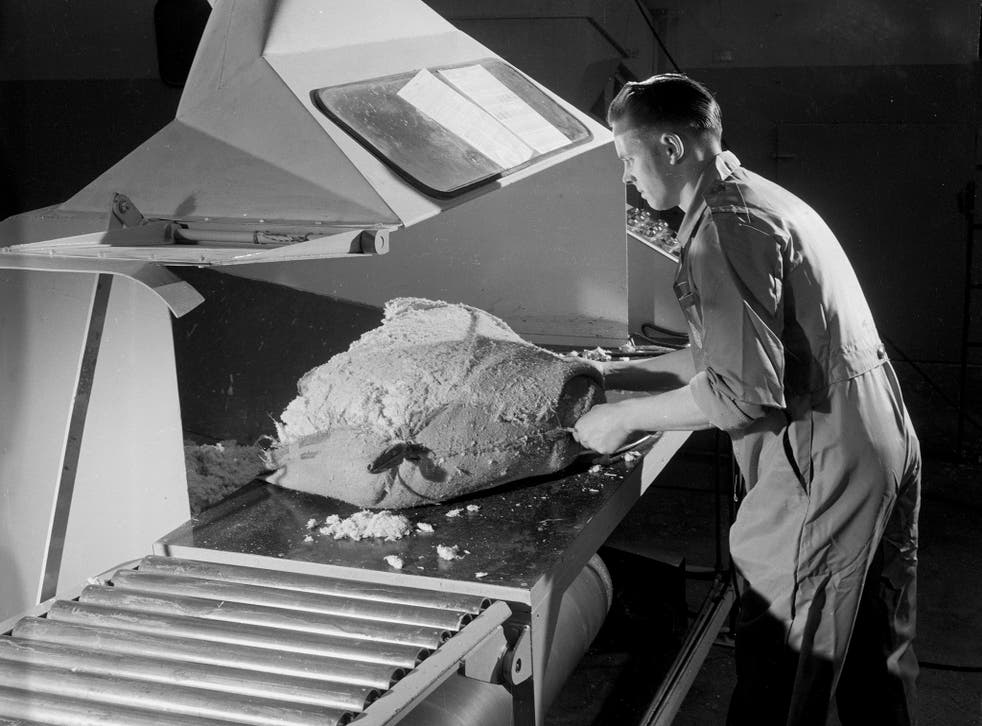
Don’t worry, Australia has our own bragging rights. We’ve used asbestos in building materials en masse from 1946 to the 1980’s where, following the increasing concern of associated health risks, all mining ceased in 1983 and the use of it was phased out in 1989. It was officially banned on December 31st 2003. That didn’t stop nefarious activity though, most notably James Hardie, Johnson and Johnson and CSR who, despite knowing the effects, continued to expose their workers, subcontractors and customers to friable asbestos fibres. They even concealed their deceit by removing warning signs on products. Aussies have also unintentionally created the largest contaminated site in the southern hemisphere around the former town of Wittenoom, WA. In 1939 a blue asbestos mine [crocidolite] was opened on the site and operated until 1966 when it was shut down due to poor profits and growing health concerns. Following the national ban on all asbestos products in December 2003, Wittenoom was degazetted as a town and all roads into it were heavily signed warning of the contamination. Midnight Oil’s Blue Sky Mine was inspired by the people and mine of Wittenoom.
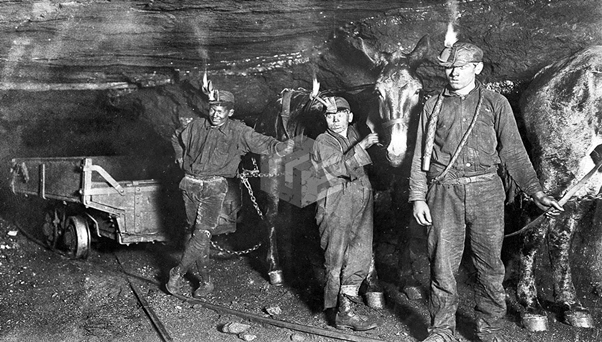
Asbestos and Your Health
The first documented death related to asbestos was in England in 1906. From there doctors noticed a trend of early deaths and lung problems in workers from asbestos mining towns. However it wasn’t until 1924 that the term asbestosis was coined when a formal inquest was made into the death of British asbestos loom worker Nellie Kershaw. Eight years later the first asbestos industry regulations were introduced. In 1931 the term mesothelioma was first used in medical literature.
The two medical conditions are different, though related. Asbestosis is a long term inflammation and scarring of the lungs. In and of itself it won’t kill you but there are common complications that can and mesothelioma is one of them. The others are lung cancer and pulmonary heart disease.
Asbestosis is caused by breathing in asbestos fibres. Usually the exposure needs to be in large volume and over a prolonged period but low volume, short term exposure has been found at fault as well. Essentially, inhaled asbestos fibres penetrate deeply into the lung tissue. When they reach the semi-permeable membrane where the blood-oxygen transfer occurs the body reacts by producing scar tissue, which reduces elasticity, which drastically reduces the capacity of the lungs to transfer O2 and remove CO2. Eventually you cannot ingest enough oxygen to maintain organ function.
Mesothelioma is a type of cancer that develops in the thin layer of tissue that covers many of the internal organs. The most common affected being the lining of the chest wall and lungs, followed by the lining of the abdomen. Whilst it’s not always the case, 80% of mesothelioma cases are a result of asbestos exposure and in the US, the percentage of people that survive five years following diagnosis is just 8%.
Prevention, as always, is better than cure. Especially when there is no cure.
Asbestos Within the Australian Construction Industry
Asbestos products can be divided into two categories: friable and non-friable. Friable asbestos means it’s easily crumbled whereas non-friable or bonded asbestos means the fibres are bound together and not easily separated. Sometimes though, bonded asbestos can become friable when damaged. The official acronym is ACM: Asbestos Containing Material.
The widespread use of this ‘miracle’ product means a lot of it is still out there and is frequently encountered during construction work – even new build. Not only are there remnants of legitimate building practices buried beneath our feet [like waste pipe] but when it was outlawed and dumping costs escalated, many builders and home renovators chose to simply bury it. Perfect Contracting recently completed demolition and civil works at the Devil’s Triangle – the site of the old James Hardie factory near Camellia, NSW. The first bucket to break ground found an almost unfathomable volume of friable asbestos chips buried just below the surface.
Common products in Australia are fibro, Super Six corrugated roofing, loose fill asbestos insulation or seals. If you come across any products that are even remotely unknown please contact a licensed asbestos removal company for consultation.

An Ongoing Legacy
It’s estimated that two thirds of Australian households still contain asbestos, whether it’s in ceiling, wall and floor insulation, external cladding, wet area linings, sealants or seals. On top of that, everyday thousands of construction workers are exposed to it in the course of our jobs. It’s buried in the ground we dig, it’s contained in the board we remove, in the ceilings we rewire and in the rubbish tips we frequent. Unfortunately, for the meantime it’s here to stay. And while we can’t always control when we’ll be exposed to it, we can control our readiness and our reaction to that exposure. We can be ready by keeping a $10 disposable suit and mask in the work ute. We can react smartly by taking appropriate action if we do come across it.
You can find out about how to handle potential asbestos here: link.
Perfect Contracting is a licensed, experienced HAZMAT removal contractor. Contact us for queries or quotes concerning asbestos or asbestos removal.
For more information on our services, take a look at our webpage or request a free quote.
contact us today

